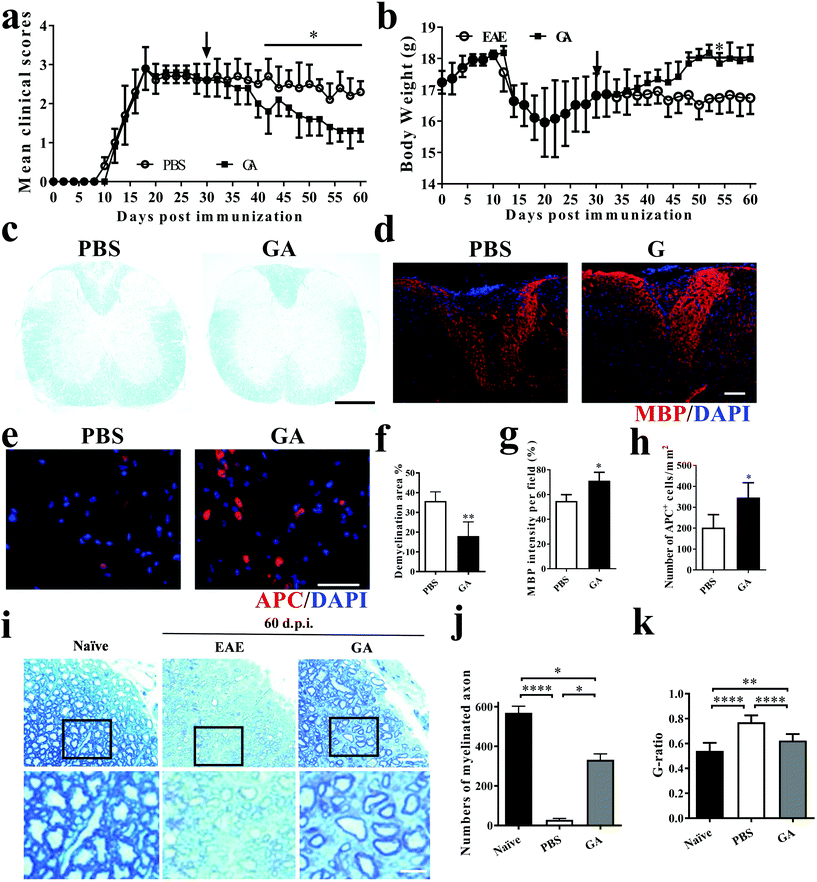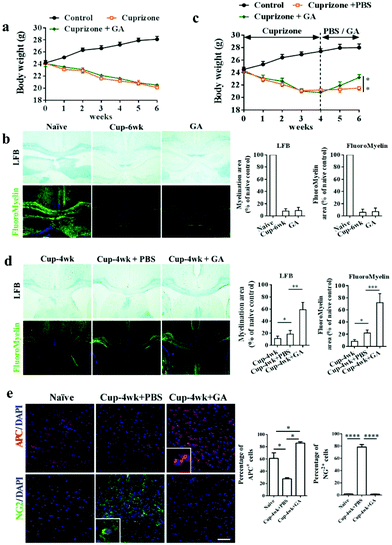 Open Access Article
Open Access ArticleCreative Commons Attribution 3.0 Unported Licence
Correction: Glycyrrhizic acid promotes neural repair by directly driving functional remyelination
Jing
Tian
a,
Xing
Li
a,
Li
Zhao
a,
Peixin
Shen
a,
Zhezhi
Wang
a,
Lin
Zhu
b,
Cuiqin
Li
a,
Chun
Su
a and
Yuan
Zhang
*a
aNational Engineering Laboratory for Resource Development of Endangered Crude Drugs in Northwest China, The Key Laboratory of Medicinal Resources and Natural Pharmaceutical Chemistry, The Ministry of Education, College of Life Sciences, Shaanxi Normal University, Xi'an, Shaanxi 710119, China. E-mail: yuanzhang_bio@126.com
bDepartment of Pharmacy, The First Affiliated Hospital of Zhengzhou University, Zhengzhou, Henan 450052, China
First published on 24th May 2022
Abstract
Correction for ‘Glycyrrhizic acid promotes neural repair by directly driving functional remyelination’ by Jing Tian et al., Food Funct., 2020, 11, 992–1005, https://doi.org/10.1039/C9FO01459D.
The authors regret that Fig. 2 and Fig. 3 are incorrect in the original article. In Fig. 2E the images for both Naïve and EAE were incorrect. In Fig. 3D the images for Cup-4wk + GA were incorrect. This does not change the scientific conclusions of the article in any way and the correct versions of Fig. 2 and Fig. 3 are presented below.
The Royal Society of Chemistry apologises for these errors and any consequent inconvenience to authors and readers.
| This journal is © The Royal Society of Chemistry 2022 |


